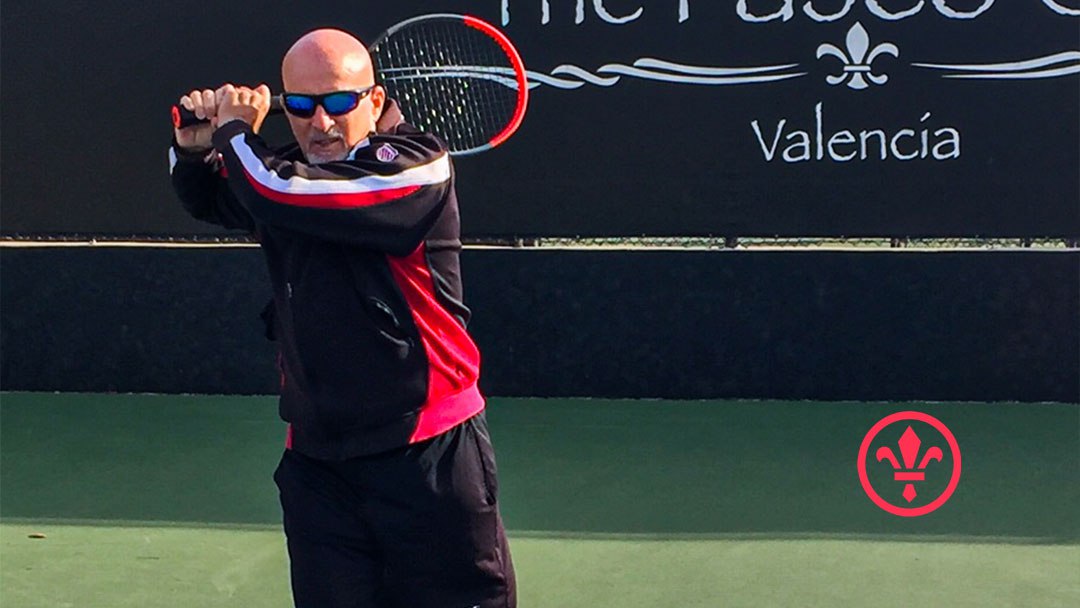
By Gabe Harmat - Tennis Coach
The old words of wisdom we’ve all heard before with “early preparation” have been replaced by tennis experts around the world with much more sound advice: “proper preparation.”
The key to proper racket preparation for the forehand and backhand groundstrokes can be achieved by simultaneous shoulder rotation and loading of the legs.
 One important principle of tennis is rhythm. It happens when the racket and the ball are working in harmony together. Applying a loopy backswing while loading and turning the shoulders and the hips is essential to tracking the ball, having better timing, offering a fluid and effortless swing and also gaining both power and control.
One important principle of tennis is rhythm. It happens when the racket and the ball are working in harmony together. Applying a loopy backswing while loading and turning the shoulders and the hips is essential to tracking the ball, having better timing, offering a fluid and effortless swing and also gaining both power and control.
The coiling of the shoulders will automatically get the racket back and will enable the production of power. Taking the racket back “early” without turning the shoulders translates into a loss of leverage followed by reduced racket head speed and a lack of rhythm.
By loading the outside leg and uncoiling the hips followed by the shoulders, the maximum racket head speed may be achieved.
 Keeping the front shoulder (left for right handed and right for left handed) under the chin on the back swing and finishing with the dominant shoulder under the chin will ensure a smooth and relaxed, long follow through. This will help in producing deeper shots and will help with both feel and acceleration. The concept works for both the forehand and the two-handed backhand. The one-handed backhand is somewhat different on the follow though where the shoulder rotation is more limited.
Keeping the front shoulder (left for right handed and right for left handed) under the chin on the back swing and finishing with the dominant shoulder under the chin will ensure a smooth and relaxed, long follow through. This will help in producing deeper shots and will help with both feel and acceleration. The concept works for both the forehand and the two-handed backhand. The one-handed backhand is somewhat different on the follow though where the shoulder rotation is more limited.
Chuck Kriese, the former coach of Clemson University, summed it up with the following:
“The follow through gives a good indication of a player’s confidence level.” You can see a short and jerky follow through indicating a feeling of pressure, while on the other hand a smooth and long follow through shows more control, confidence and ultimate trust in the stroke.
Happy slugging!
I’ll leave you with one final thought:
“If you make a mistake and then fail to correct it, you have already made another mistake!”
Jen Azevedo is a tennis professional, pickleball professional, personal trainer, group exercise instructor, and the general manager of the Paseo Club. She loves the community at the Paseo Club and that it is also a safe and fun place for her daughter. Jen’s favorite activities are joining her tribe for trail races or her partners for tennis matches. Occasionally Jen slows down to relax with a book — she reads over 100 a year!
Topics:

